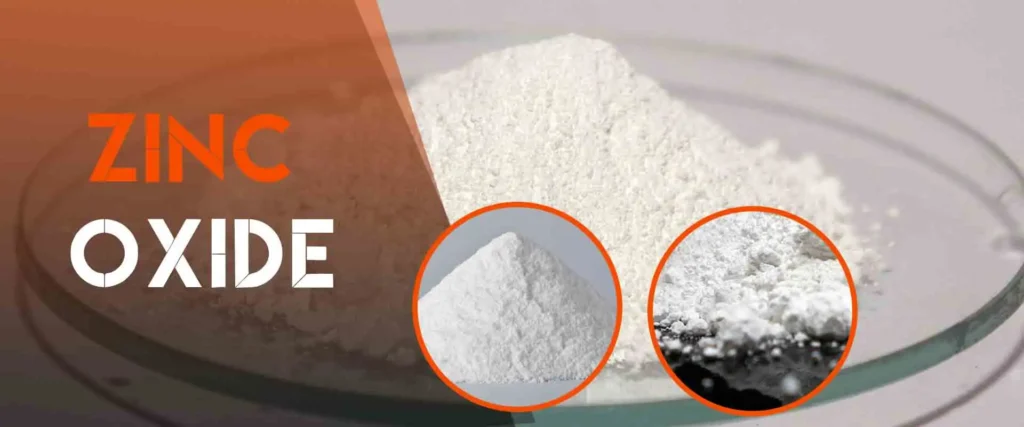Messi Biology of Hebei province states that zinc oxide smelters used to be plagued by towering chimneys that constantly spewed sulfur-containing smoke, and mountains of waste residue accumulated, becoming an environmental sore. When a process change using magnesium carbonate to replace sodium carbonate quietly took root in the industry, it unexpectedly reduced the annual hazardous waste generation of a medium-sized smelter by thousands of tons, and the once-gloomy factory area gradually regained its green vitality. This subtle substitution is profoundly shifting the entire industry towards sustainability.

From traditional wet zinc smelting to the era of sodium carbonate impurity removal, zinc oxide refining has always been accompanied by high resource consumption and high pollution emissions. Although the sodium carbonate impurity removal method is technologically mature, it is like opening a “Pandora’s Box,” constantly producing difficult-to-dispose-of sodium salt waste residue containing impurities. These waste residues not only occupy a large amount of land resources, but also contain soluble sodium salts and entrapped heavy metals such as arsenic and lead, like a Damocles sword hanging over the environment, with the potential to invade soil and water bodies due to rainwater leaching.
The value of the new magnesium carbonate process lies primarily in its revolutionary “deburdening” of the industry from the source. Its core is the formation of a mineralized slag with a magnesium silicate glass phase as the main body after the reaction. This type of mineral has extremely stable chemical properties, like sealing impurities in a solid “mineral amber,” effectively curbing the migration and release of heavy metals. From a material life cycle perspective, this slag, after appropriate treatment, can even be used as low-end building materials or road base filling, initially realizing a transformation from “waste” to “material,” opening a window for the circular economy.
The fulcrum of this technological leap lies in the innovation of the basic raw material supply model. Previously limited by the distribution and quality of natural magnesite resources, now with the increasing maturity and large-scale industrialization of seawater/brine magnesium extraction technology, a high-purity, economical magnesium oxide and magnesium carbonate supply chain has been established. It is this breakthrough in basic materials that has provided a solid industrial foundation and cost feasibility for magnesium carbonate substitution, turning green smelting from a blueprint into a workshop reality.
The ecological benefit chain of the new process extends far beyond solid waste reduction. The temperature required for magnesium carbonate decomposition is significantly lower than that of sodium carbonate, directly reducing fossil fuel consumption and carbon dioxide emissions in the smelting process. According to industry estimates, widespread adoption is expected to bring about an approximately 20% reduction in energy consumption across the entire chain. This precisely aligns with the sustainable goals advocated by the International Zinc Association (IZA) and provides an important means for China and the global zinc industry to cope with the “dual carbon” challenges.
Looking to the future, the green iteration of zinc oxide refining will not stop at magnesium-sodium replacement. Scientific research is already exploring the strengthening effect of external fields such as microwave fields and plasma on the magnesium carbonate impurity removal process, and how to more intelligently regulate the slag phase composition to enhance its resource utilization value. Each green upgrade of the refining process is like adding a small but solid weight to relieve the burden on the Earth, making the resource cycle chain more flexible and resilient with the empowerment of technology.
